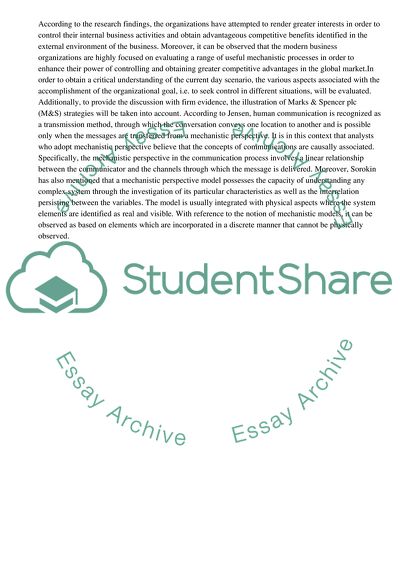Cite this document
(“Reasons behind Organisations Seeking Control on Its Various Essay - 1”, n.d.)
Reasons behind Organisations Seeking Control on Its Various Essay - 1. Retrieved from https://studentshare.org/business/1466314-organisation-seek-to-control-critically-evaluate-this-statement-in-relation-to-the-mechanistic-and-cultural-perspectives
Reasons behind Organisations Seeking Control on Its Various Essay - 1. Retrieved from https://studentshare.org/business/1466314-organisation-seek-to-control-critically-evaluate-this-statement-in-relation-to-the-mechanistic-and-cultural-perspectives
(Reasons Behind Organisations Seeking Control on Its Various Essay - 1)
Reasons Behind Organisations Seeking Control on Its Various Essay - 1. https://studentshare.org/business/1466314-organisation-seek-to-control-critically-evaluate-this-statement-in-relation-to-the-mechanistic-and-cultural-perspectives.
Reasons Behind Organisations Seeking Control on Its Various Essay - 1. https://studentshare.org/business/1466314-organisation-seek-to-control-critically-evaluate-this-statement-in-relation-to-the-mechanistic-and-cultural-perspectives.
“Reasons Behind Organisations Seeking Control on Its Various Essay - 1”, n.d. https://studentshare.org/business/1466314-organisation-seek-to-control-critically-evaluate-this-statement-in-relation-to-the-mechanistic-and-cultural-perspectives.


